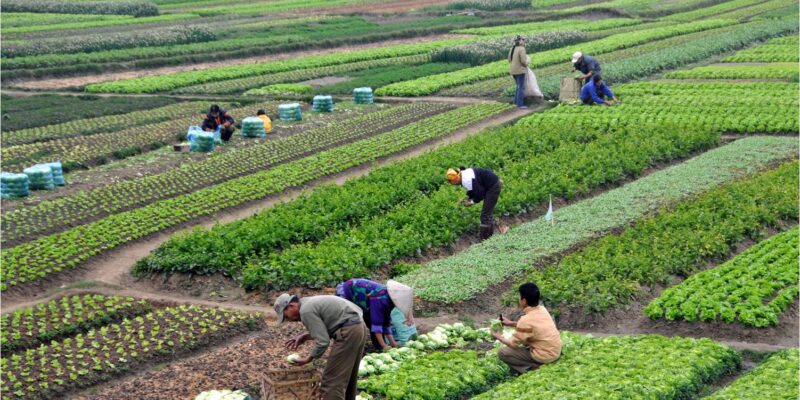Zambia is seeking a total investment of US$6.1 billion to enhance agriculture value chains in maize, soya beans, honey, and aquaculture sub-sectors.
The country currently faces a financing gap of US$1.1 billion, prompting the government to explore partnerships with organizations such as the Food and Agricultural Organization (FAO).
Chimuka Nketani, Director of Investments at the Zambia Development Agency (ZDA), announced that US$5 billion of the required funds would be provided by the government.
However, this leaves a remaining gap of US$1.1 billion.
Nketani shared this information during a presentation at an investment forum held at the Mulungushi International Conference Centre in Lusaka on Wednesday.
The forum aimed to attract investments to sustainably grow these value chains through the Hand In Hand Initiative (HIHI).
He noted that investments in these value chains offer an Internal Rate of Return (IRR) of 25 percent, with potential average income increases of up to US$319 per farmer.
Read more: Indeni seeks govt approval to operate as private firm, claims govt regulations hampering operations
Specifically, a US$760 million investment in the maize value chain, with an IRR of 30 percent, is projected to increase production from three million tonnes to 10 million tonnes by 2027, benefiting 152,000 direct beneficiaries.
Additionally, a US$220.9 million investment in the aquaculture value chain would boost production from 76,627 tonnes to 516,400 tonnes, directly benefiting 51,946 people.
Investments of US$67.8 million in soya beans are expected to increase production from 595,202 tonnes to one million tonnes, benefiting 61,580 people, while US$48.2 million in honey production could raise output from 2,500 tonnes to 20,000 tonnes, benefiting 100,350 individuals.
FAO Country Representative, Suze Filippini, praised the government for participating in the initiative, noting that it supported the acceleration of Zambia’s agri-food system transformation and the achievement of Sustainable Development Goals (SDGs) such as eradicating poverty (SDG1), ending hunger and malnutrition (SDG2), and reducing inequalities (SDG10).
WARNING! All rights reserved. This material, and other digital content on this website, may not be reproduced, published, broadcast, rewritten or redistributed in whole or in part without prior express permission from ZAMBIA MONITOR.












Comments